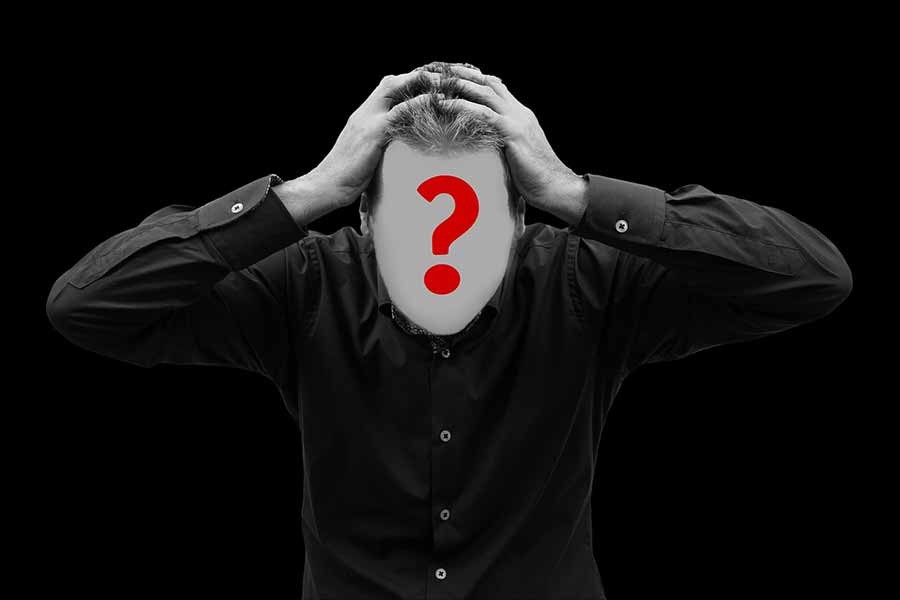Each year more than 700,000 people kill themselves for various reasons, according to an estimation of the World Health Organisation (WHO). There are plenty more who attempt to end their life prematurely.
The risk of suicide is particularly higher in the teenage group, usually between 15-19 years of age. Among the causes of death in this age group, suicide has been ranked fourth.
While there may be a general perception that suicide is more in developed countries, data defy this.
The age group of the vulnerable
77 per cent of suicides happen in middle and low-income countries. In Bangladesh nowadays, we probably see many suicide cases in the news, especially after the results of board exams when a lot of students take their lives away.
A study by the Centre for Injury Prevention and Research Bangladesh (CIPRB, 2003) has identified suicide as the leading cause of death in adolescents (aged 10-19 years).
The study also found females as more vulnerable. The suicide rate was highest among the elderly over 60 years and in rural areas.
Nevertheless, suicide is preventable. Friends and family can play an important role in this regard.
Looking for the signs
For that, we must have the ability to realise the warning signs that might indicate a plan to commit suicide. We need to understand the risk factors that might drive someone to commit suicide.
One common risk factor is health-related. This may be poor mental health, e.g. anxiety, depression, mood disorders, chronic illness without any hope of recovery, severe brain trauma or life-threatening disease, etc.
If a person with a suicidal tendency has access to means like drugs, firearms, it heightens the risk.
Being under continuous stress as a result of bullying, harassment, unemployment, relationship problems, divorce, rejection in love, financial crisis etc. can also contribute. Seeing graphic or sensationalised accounts of suicide in the media is also known to increase the risk.
Lack of social support, family history
There are other things as well which can enhance the risk. For example, if the afflicted person does not find proper social support, then he/she may feel isolated and lonely.
As suicide is still considered taboo in our society, someone contemplating it feels ashamed to seek help from others.
Important risk factors,s according to data, are previous suicide attempts, family history, or childhood abuse or trauma.
These people are at high risk for suicide and need special care.
If someone has the risk factors, we must watch out for warning signs. These signs will alert us that the person is planning to do something unfortunate.
According to the American Academy of Suicidology (AAS), the warning signs include threats to injure or kill himself/herself, searching for ways to conduct suicide, seeking access to means or already have access to it, constantly speaking or writing about death, saying things like no sense in living anymore or no purpose in life, etc.
Discussion, not sensationalisation
The WHO proposed taking several measures at the population, sub-population, and individual levels to address suicide and suicide attempts.
Their recommendations include limiting access to the means of suicide, responsible reporting in media so as not to sensationalise or glorify it, teaching adolescents socio-emotional skills, identifying and managing risk factors and an institutionalised system to act on the warning signs.
But the challenges in our country are huge. First, we do not have a proper social or institutional structure to address mental health issues.
These are often not given due discourse in media or in social life. Discussion regarding suicide, mental health issues is not encouraged in a public space, which is actually making things worse.
We need to start talking about suicide and mental health, to increase awareness about the issues and ask people to come forward and ask for help if they feel they do not want to live anymore.
We have to establish a way which makes it comfortable to do so. There is an emotional support helpline in our country called ‘Kan Pete Roi’ designed to talk to these people, their website is http://shuni.org/ where we can find the ways to contact if help is needed.
Dr Imtiaz Ahmed completed his MBBS from Dhaka Medical College.


